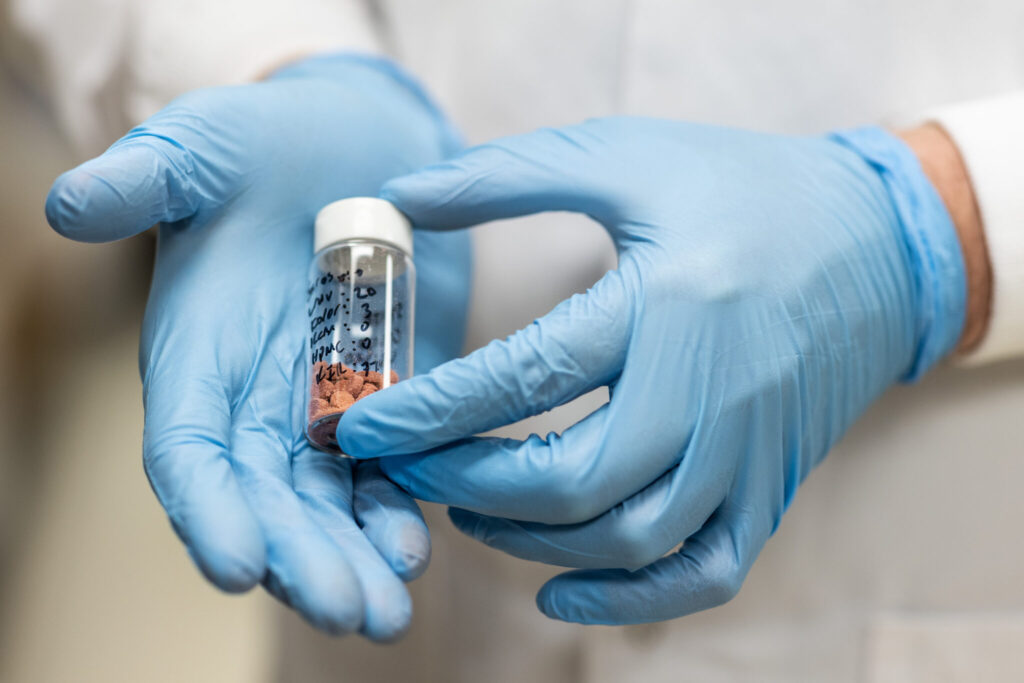Texas A&M says its research hopes to replace expensive adult tablets used to treat toxoplasmosis in children with 3D-printed medicines.
Toxoplasmosis, an infection caused by a parasite, is the leading cause of food poisoning in the United States and can be passed to the fetus if infected by a pregnant woman. It is estimated that more than 40 million people in the United States and more than 1 billion people worldwide are infected with toxoplasmosis. Toxoplasmosis is caused by the parasite Toxoplasma gondii. It is estimated that up to 4,400 infants are born with toxoplasmosis each year in the United States.
“Adult tablets are manipulated and compounded when a pediatric prescription is received. Such products have not been evaluated for content, stability, or bioavailability and may therefore be of questionable quality. Yes,” said Dr. Mansoor A. Khan, interim dean and Regents Professor of Pharmacy at the Texas A&M Irma Lerma Rangel College of Pharmacy. “As an example, adult Daraprim is [the standard first treatment for toxoplasmosis] The cost per tablet is approximately $790. Congenital and acquired toxoplasmosis in pediatric patients is treated with pyrimethamine, sulfadiazine and leucovorin for at least 12 months. Because a child’s weight changes over time, the dosage form requires dosage flexibility. Therefore, there is a dire need for this combination product with dosage flexibility, and it is not commercially available. ”

Prior to joining Texas A&M, Kahn worked at the U.S. Food and Drug Administration, where he was a Division Chief Senior Biomedical Research Scientist in the Center for Drug Evaluation and Research.
Khan, along with Dr. Ziyaur Rahman, a professor of pharmacy, received $3.1 million from the National Institutes of Health, some of which will be used to 3D print a drug to treat childhood toxoplasmosis. “This study is expected to lead to the development of new dose-flexible pediatric delivery systems for pediatric populations with toxoplasmosis,” Professor Khan said.
The tablets will be created using 3D printing technology at the Reynolds Medical Sciences Building on the Texas A&M campus in College Station. “Tablets will be evaluated with respect to required quality characteristics, stability, and pharmacokinetic/pharmacodynamic studies,” Khan said. “After proof of concept and characterization studies, we will be able to bring the 3D printing machine to local hospitals.”
Rahman said he hopes 3D printing medicines for pediatric patients will help ease some of the burden on parents. “This approach can also be applied to other drugs for pediatric diseases for which there are no commercially available formulations that can be flexibly scaled to pediatric-appropriate doses,” he said.
Last year, a similar 3D printing approach for antiviral therapy was funded ($2.82 million over five years).
In addition to the National Institutes of Health, the study received funding from the Eunice Kennedy Shriver National Institute of Child Health and Human Development (NICHD).


